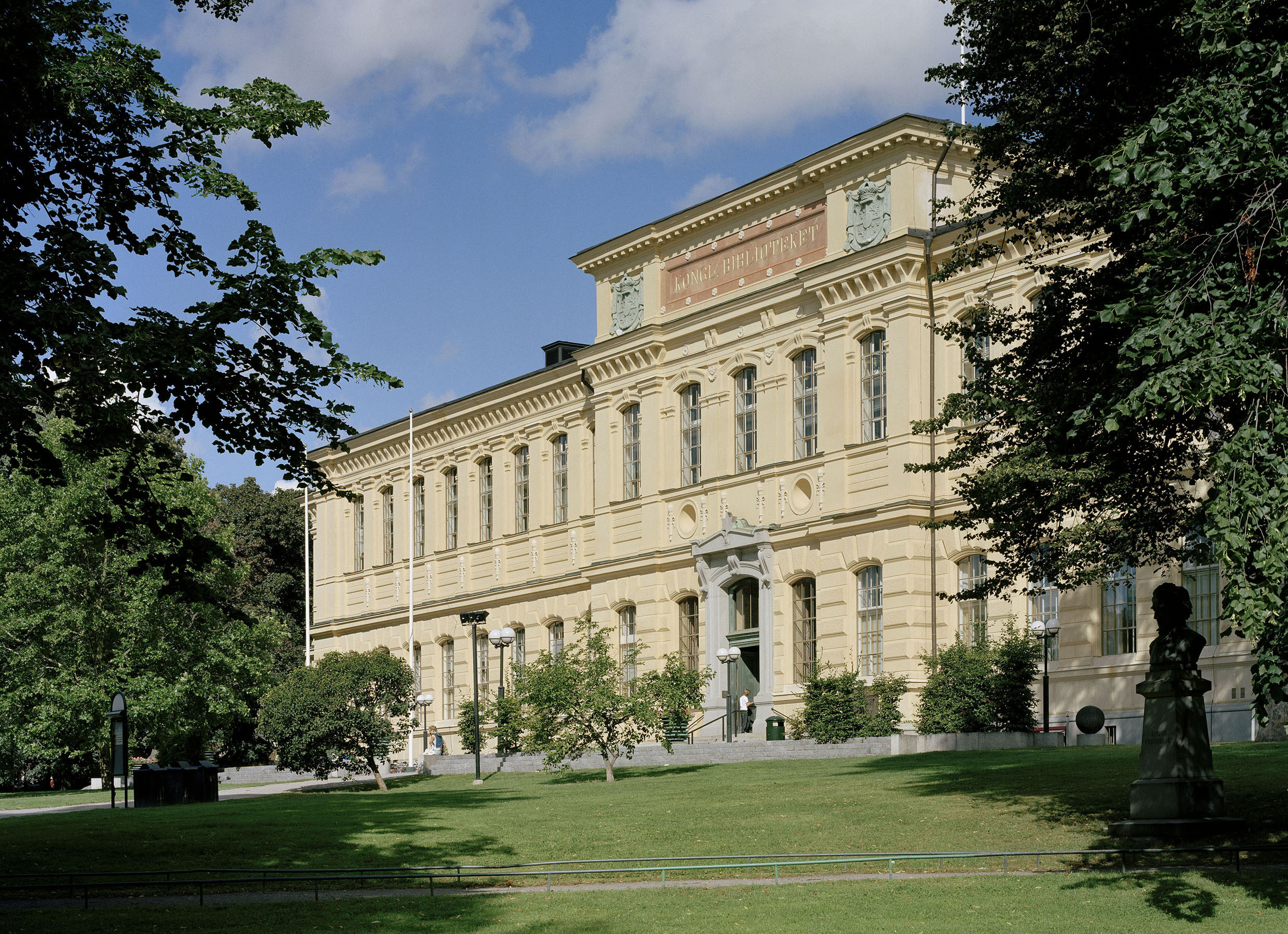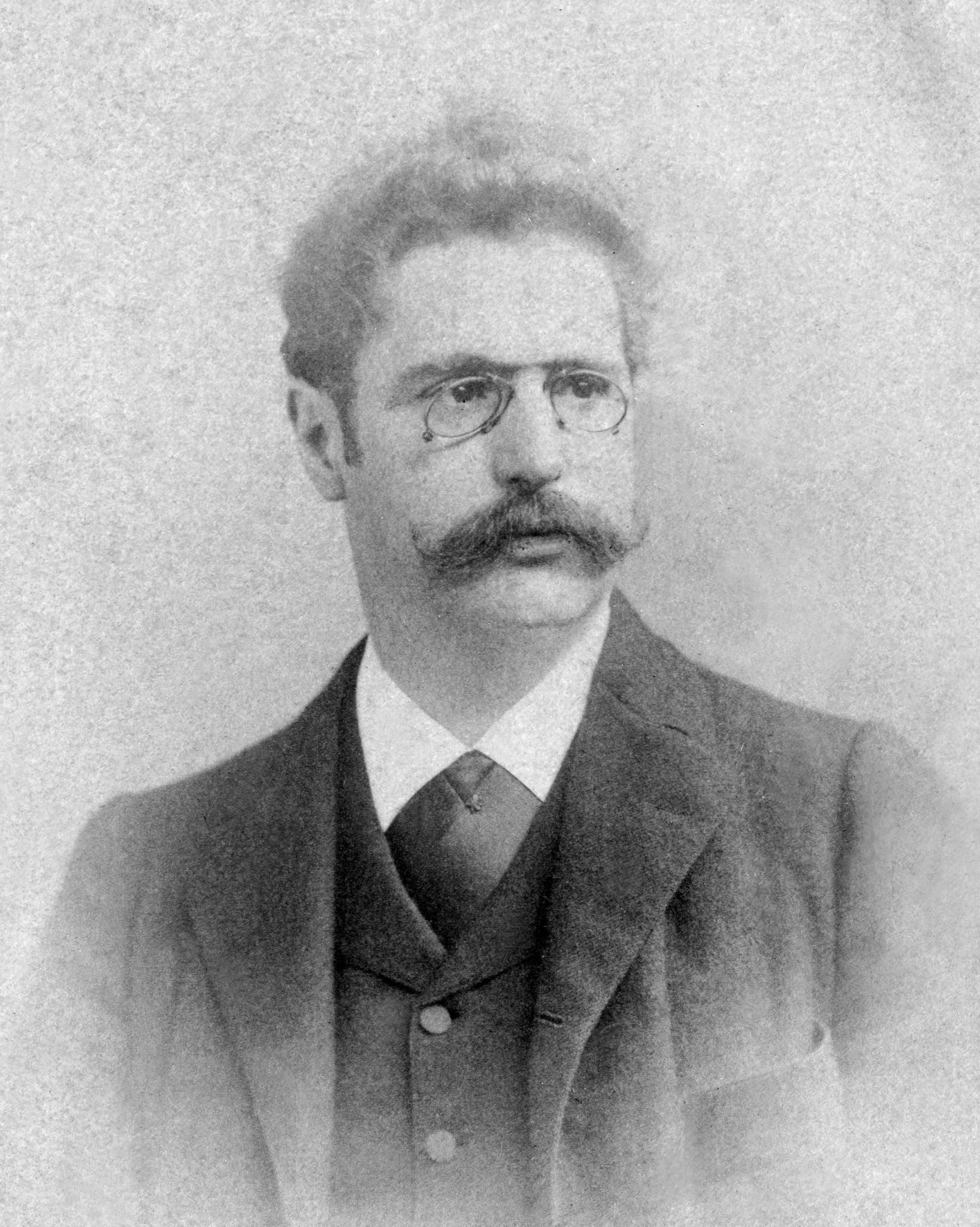|
Hrafnagaldr Óðins
''Hrafnagaldr Óðins'' (" Odin's raven-galdr") or ''Forspjallsljóð'' ("prelude poem") is an Icelandic poem in the style of the ''Poetic Edda''. It is preserved only in late paper manuscripts. In his influential 1867 edition of the ''Poetic Edda'', Sophus Bugge reasoned that the poem was a 17th-century work, composed as an introduction to '' Baldrs draumar''. Since then it has not been included in editions of the ''Poetic Edda'' and not been extensively studied. But prior to Bugge's work the poem was considered a part of the ''Poetic Edda'' and included, for example, in the English translations of A. S. Cottle (1797) and Benjamin Thorpe (1866) as well as Karl Simrock's influential German translation (1851). In 1852, William and Mary Howitt characterized it as "amongst the most deeply poetical and singular hymns of the Edda". Date In 2002, Jónas Kristjánsson in the Icelandic daily ''Morgunblaðið'' argued in favor of an earlier dating than Bugge, perhaps to the 14th century ... [...More Info...] [...Related Items...] OR: [Wikipedia] [Google] [Baidu] |
Erasmus
Desiderius Erasmus Roterodamus (; ; English: Erasmus of Rotterdam or Erasmus;''Erasmus'' was his baptismal name, given after St. Erasmus of Formiae. ''Desiderius'' was an adopted additional name, which he used from 1496. The ''Roterodamus'' was a scholarly name meaning "from Rotterdam", though the Latin genitive would be . 28 October 1466 – 12 July 1536) was a Dutch philosopher and Catholic theologian who is considered one of the greatest scholars of the northern Renaissance.Gleason, John B. "The Birth Dates of John Colet and Erasmus of Rotterdam: Fresh Documentary Evidence", Renaissance Quarterly, The University of Chicago Press on behalf of the Renaissance Society of America, Vol. 32, No. 1 (Spring, 1979), pp. 73–76www.jstor.org/ref> As a Catholic priest, he was an important figure in classical scholarship who wrote in a pure Latin style. Among humanists he was given the sobriquet "Prince of the Humanists", and has been called "the crowning glory of the Christian human ... [...More Info...] [...Related Items...] OR: [Wikipedia] [Google] [Baidu] |
National Library Of Iceland
Landsbókasafn Íslands – Háskólabókasafn ( Icelandic: ; English: ''The National and University Library of Iceland'') is the national library of Iceland which also functions as the university library of the University of Iceland. The library was established on December 1, 1994, in Reykjavík, Iceland, with the merger of the former national library, Landsbókasafn Íslands (est. 1818), and the university library (formally est. 1940). It is the largest library in Iceland with about one million items in various collections. The library's largest collection is the national collection containing almost all written works published in Iceland and items related to Iceland published elsewhere. The library is the main legal deposit library in Iceland. The library also has a large manuscript collection with mostly early modern and modern manuscripts, and a collection of published Icelandic music and other audio (legal deposit since 1977). The library houses the largest academic collect ... [...More Info...] [...Related Items...] OR: [Wikipedia] [Google] [Baidu] |
National Library Of Sweden
The National Library of Sweden ( sv, Kungliga biblioteket, ''KB'', meaning "the Royal Library") is Sweden's national library. It collects and preserves all domestic printed and audio-visual materials in Swedish, as well as content with Swedish association published abroad. Being a research library, it also has major collections of literature in other languages. Collections The collections of the National Library consist of more than 18 million objects, including books, posters, pictures, manuscripts, and newspapers. The audio-visual collection consists of more than 10 million hours of recorded material. The National Library is also a humanities research library, with collections of foreign literature in a wide range of subjects. The library holds a collection of 850 broadsides of Sweden dating from 1852. The National Library also purchases literature about Sweden written in foreign languages and works by Swedes published abroad, a category known as suecana. The National Lib ... [...More Info...] [...Related Items...] OR: [Wikipedia] [Google] [Baidu] |
Viktor Rydberg
Abraham Viktor Rydberg (; 18 December 182821 September 1895) was a Swedish writer and a member of the Swedish Academy, 1877–1895. "Primarily a classical idealist", Viktor Rydberg has been described as "Sweden's last Romantic" and by 1859 was "generally regarded in the first rank of Swedish novelists." Biography Viktor Rydberg was of humble parentage. One biographer notes that: "He had a hard struggle to satisfy the thirst for learning which was a leading passion of his life, but he finally attained distinction in several fields of scholarship." He was the son of a soldier turned prison guard, Johan Rydberg, and a midwife, Hedvig Düker. Viktor Rydberg had two brothers and three sisters. In 1834 his mother died during a cholera epidemic. Her death broke the spirit of his father, who yielded to hypochondria and alcoholism, contributing towards his loss of employment and the family's apartment, forcing authorities to board young Viktor out to a series of foster homes, one of wh ... [...More Info...] [...Related Items...] OR: [Wikipedia] [Google] [Baidu] |
Emil Doepler
Emil Doepler (29 October 1855, Munich - 21 December 1922, Berlin) was a German illustrator, graphic artist, and heraldist. He is usually referred to as The Younger, to distinguish him from his father. Life and work He was born to Carl Emil Doepler, an illustrator and designer, who was head of the costume department at the Bayreuth Festival. He was also Emil's first teacher. Heraldry was among his earliest interests, but he also created landscapes and still-lifes. From 1870, he studied at the of the Arts and Crafts Museum in Berlin. Upon graduating, in 1873, he worked as a free-lance illustrator. From 1876 to 1877, he took further lessons at the Prussian Academy of Arts. In 1881, he became a teacher at the Museum. In 1888, he designed the coat-of-arms for the Börsenverein des Deutschen Buchhandels, featuring '' Habent sua fata libelli'' (books have their destiny), the motto of the German publishing industry. He was promoted to Professor in 1889. He also designed advertisi ... [...More Info...] [...Related Items...] OR: [Wikipedia] [Google] [Baidu] |
Bragi
Bragi (; Old Norse: ) is the skaldic god of poetry in Norse mythology. Etymology The theonym Bragi probably stems from the masculine noun ''bragr'', which can be translated in Old Norse as 'poetry' (cf. Icelandic ''bragur'' 'poem, melody, wise') or as 'the first, noblest' (cf. poetic Old Norse ''bragnar'' 'chiefs, men', ''bragningr'' 'king'). It is unclear whether the theonym semantically derives from the first meaning or the second. A connection has been also suggested with the Old Norse '' bragarfull'', the cup drunk in solemn occasions with the taking of vows. The word is usually taken to semantically derive from the second meaning of ''bragr'' ('first one, noblest'). A relation with the Old English term ''brego'' ('lord, prince') remains uncertain. ''Bragi'' regularly appears as a personal name in Old Norse and Old Swedish sources, which according to linguist Jan de Vries might indicate the secondary character of the god's name. Attestations Snorri Sturluson writ ... [...More Info...] [...Related Items...] OR: [Wikipedia] [Google] [Baidu] |
Loki
Loki is a god in Norse mythology. According to some sources, Loki is the son of Fárbauti (a jötunn) and Laufey (mentioned as a goddess), and the brother of Helblindi and Býleistr. Loki is married to Sigyn and they have two sons, Narfi or Nari and Váli. By the jötunn Angrboða, Loki is the father of Hel, the wolf Fenrir, and the world serpent Jörmungandr. In the form of a mare, Loki was impregnated by the stallion Svaðilfari and gave birth to the eight-legged horse Sleipnir. Loki's relation with the gods varies by source; he sometimes assists the gods and sometimes behaves maliciously towards them. Loki is a shape shifter and in separate incidents appears in the form of a salmon, a mare, a fly, and possibly an elderly woman named Þökk (Old Norse 'thanks'). Loki's positive relations with the gods end with his role in engineering the death of the god Baldr, and eventually, Odin's specially engendered son Váli binds Loki with the entrails of one of his ... [...More Info...] [...Related Items...] OR: [Wikipedia] [Google] [Baidu] |
Heimdallr
In Norse mythology, Heimdall (from Old Norse Heimdallr) is a god who keeps watch for invaders and the onset of Ragnarök from his dwelling Himinbjörg, where the burning rainbow bridge Bifröst meets the sky. He is attested as possessing foreknowledge and keen senses, particularly eyesight and hearing. The god and his possessions are described in enigmatic manners. For example, Heimdall is gold-toothed, "the head is called his sword," and he is "the whitest of the gods." Heimdall possesses the resounding horn Gjallarhorn and the golden-maned horse Gulltoppr, along with a store of mead at his dwelling. He is the son of Nine Mothers, and he is said to be the originator of social classes among humanity. Other notable stories include the recovery of Freyja's treasured possession Brísingamen while doing battle in the shape of a seal with Loki. The antagonistic relationship between Heimdall and Loki is notable, as they are foretold to kill one another during the events of Ragn ... [...More Info...] [...Related Items...] OR: [Wikipedia] [Google] [Baidu] |
Iðunn
In Norse mythology, Iðunn is a goddess associated with apples and youth. Iðunn is attested in the ''Poetic Edda'', compiled in the 13th century from earlier traditional sources, and the ''Prose Edda'', written in the 13th century by Snorri Sturluson. In both sources, she is described as the wife of the skaldic god Bragi, and in the ''Prose Edda'', also as a keeper of apples and granter of eternal youthfulness. The ''Prose Edda'' relates how Loki was once forced by the jötunn Þjazi to lure Iðunn out of Asgard and into a wood with the promise of apples even fairer than her own. Þjazi, in the form of an eagle, abducts Iðunn from the wood, bearing her off to his home. Iðunn's absence causes the gods to grow old and grey, and they realize that Loki is responsible for her disappearance. Under duress, Loki promises to bring her back and, setting out in the form of a falcon, eventually finds her alone at Þjazi's home. He turns her into a nut and flies back toward Asgard. W ... [...More Info...] [...Related Items...] OR: [Wikipedia] [Google] [Baidu] |
Norse Mythology
Norse, Nordic, or Scandinavian mythology is the body of myths belonging to the North Germanic peoples, stemming from Old Norse religion and continuing after the Christianization of Scandinavia, and into the Nordic folklore of the modern period. The northernmost extension of Germanic mythology and stemming from Proto-Germanic folklore, Norse mythology consists of tales of various deities, beings, and heroes derived from numerous sources from both before and after the pagan period, including medieval manuscripts, archaeological representations, and folk tradition. The source texts mention numerous gods such as the thunder-god Thor, the raven-flanked god Odin, the goddess Freyja, and numerous other deities. Most of the surviving mythology centers on the plights of the gods and their interaction with several other beings, such as humanity and the jötnar, beings who may be friends, lovers, foes, or family members of the gods. The cosmos in Norse mythology consists of Nine ... [...More Info...] [...Related Items...] OR: [Wikipedia] [Google] [Baidu] |
.jpg)




_by_H._W._Bissen_-_angle.jpg)
